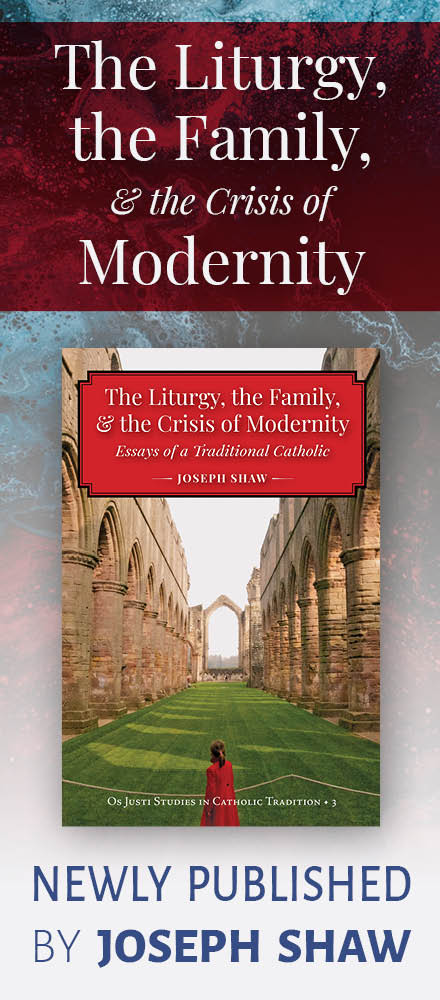The Collegium Willibaldinum, the episcopal seminary of the diocese of Eichstätt, Bavaria, has published the second edition of Hymni ad usum in Liturgia Horarum, a collection of 187 Latin hymns. The hymns are mainly Latin originals of the hmyns in the Liturgy of the Hours (comprising also hymns for Saints which at least in the German version Liturgy of the Hours have not been translated into the vernacular), following the Liturgia Horarum also in the distribution of the hymns. Since every hymns also constitutes a literary unity, stanzas left out in the Liturgia Horarum have been added in italics; in some few instances, the text has been returned to its original shape, consulting the Analecta Hymnica or scientific studies. Additionally, some "ceteri hmyni" by famous authors have been included which were not incorporated into the Liturgia Horarum, e.g. hymns by Saints Anselm of Canterbury, Hildegard of Bingen or Bonaventure. An alphabetical list of the hymns included can be found here.
In an appendix, 20 hymnodic melodies are included to facilitate the chanting of the hymns; for each hymn, a suitable melody is indicated.
Here is an excerpt of the foreword to the new edition by The Most Reverend Bishop Dr. Gregor Maria Hanke OSB:
In the Latin language, the hymns are clothed with linguistic beauty and religious joie de vivre, and they want to and can infect to join in singing: "Cantantes et psallentes in cordibus vestris Domino!" (Eph 5,19: singing and making melody in your hearts to the Lord). But for all that jubilation with multi-layered context, the hymn writers who are gathered in this collection do not lift off into heavens of phantasy of their own creation, but remain on the ground of Mother Church and her lex credendi.
How much in demand and highly esteemed these gems are can also be gauged from the circumstance that the first edition 2003 of the Hymni ad usum in Liturgia Horarum is already out-of-stock after few years. I am glad that the editor, the episcopal seminary of Eichstätt, has decided to issue a new edition for the glory of God, and continues to offer this precious collection. To all who have worked on it I say a cordial "Vergelt's Gott" [the customary Southern German formula for giving thanks, often used by pope Benedict - literally "may God reward you for that"].
I wish to all who use this collection of hymns, especially those who add these texts to their treasure of prayers, that they may draw joy from it, which gives abundant fruit: Gratefulness, praise, and adoration of God. To us accrues blessing from it, as the fourth weekday preface calls to mind praying: "Our praise adds nothing to your greatness, but to us it brings salvation, through Christ our Lord."
You can order a copy of Hymni ad usum in Liturgia Horarum for € 12,90 (about US$ 20 at the moment) plus shipping here.





















